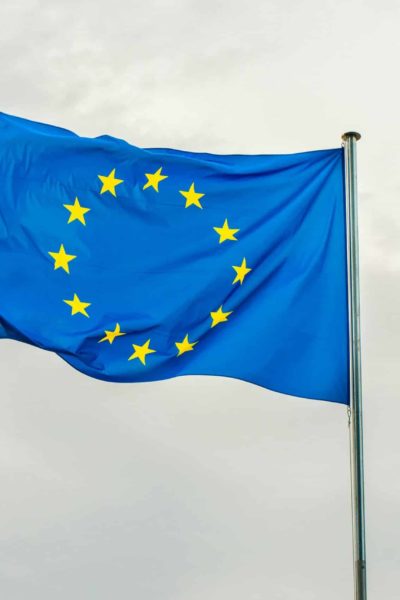Practical next steps
We suggest you start by defining organisational boundaries and reporting periods. Many organisations align with their financial year for ease and consistency. Doing a materiality assessment to prioritise emissions categories, filling data gaps through estimates, and benchmarking against industry standards are essential steps. Engaging with industry bodies and setting science-based targets through initiatives like the SBTi can further support companies in meeting their sustainability goals.
We can help with some of this, so if you’re worried about where to start, get in touch and we’ll happily chat it through.
The CSRD represents a transformative step in sustainability reporting which we are excited to see. It’s pushing businesses towards greater transparency and accountability in their environmental and social impacts which can only be a good thing. While the road to full compliance may be challenging, the long-term benefits of aligning with the CSRD are significant





